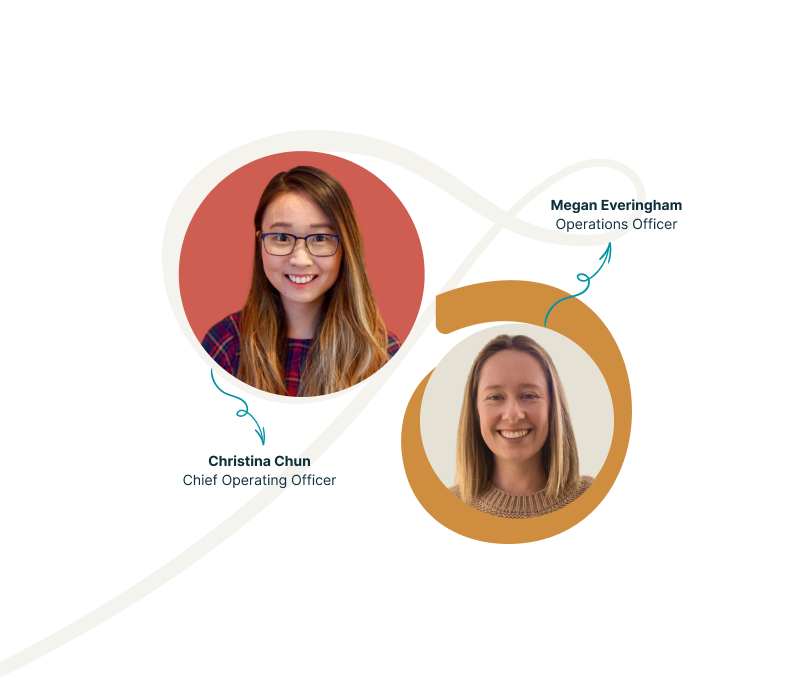.png)
‘How social entrepreneurship works’, Sally Osberg and Roger Martin
This article by Sally Osberg and Roger Martin examines how social entrepreneurs drive systemic change, highlighting Andrea and Barry Coleman’s Riders for Health. By addressing transportation gaps in African healthcare, the Colemans exemplify how leveraging expertise and engaging stakeholders can create sustainable impact. The authors argue that successful social entrepreneurs focus on specific needs while aligning broader ecosystems, enabling transformative change that goes beyond business-driven outcomes.
View resourceSummary
Based on their book, this article by Sally Osberg and Roger Martin explores how social entrepreneurs drive transformative change, using the story of Andrea and Barry Coleman, founders of Riders for Health, as a prime example. The Colemans identified a critical gap in African healthcare delivery - inadequate transportation infrastructure - and envisioned a future where reliable transportation systems would revolutionise healthcare access.
The authors emphasise that successful social entrepreneurs go beyond merely using business to create positive outcomes. They aim for systemic change, leveraging personal expertise to address overlooked issues. The article stresses the importance of targeting specific constituents while considering the broader ecosystem. For Riders for Health, this meant focusing on rural African populations while also engaging with health ministries, community health workers, and other stakeholders. By aligning the interests of various actors, social entrepreneurs can create sustainable, transformative change.

We’d love to hear from you!
Reach out to one of our team members, and share input and ideas about how we can evolve Understorey.
Get in touch